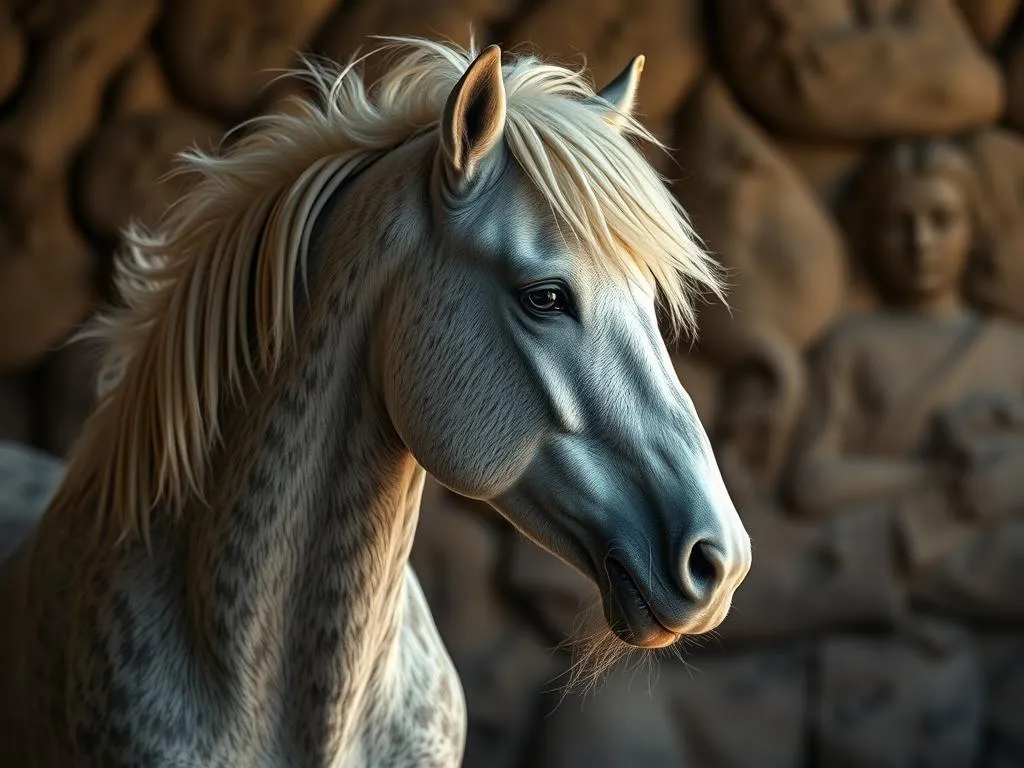
Introduction
Dog breeds play a pivotal role in our lives, providing companionship, protection, and assistance in various tasks. Among the many breeds, the Maremma stands out for its rich history and unique characteristics. This breed, originating from Italy, has a long-standing tradition as a livestock guardian and herder, known for its loyalty, intelligence, and gentle nature.
Understanding Dog Breeds
What is a Dog Breed?
A dog breed is a specific group of domestic dogs that share distinct physical and behavioral traits, which have been developed through selective breeding. Understanding these characteristics is vital for dog ownership, as each breed has its unique set of needs, temperament, and requirements.
The Role of Breeds in Human Life
Dog breeds have been integral to human society for centuries, serving various roles:
- Companionship: Many breeds are bred primarily for companionship, providing emotional support and friendship.
- Working Roles: Breeds like the Maremma are essential in herding, guarding livestock, and performing other functional tasks.
- Cultural Significance: Different breeds often hold specific cultural importance, embodying the traits valued by particular communities.
Overview of the Maremma Dog Breed
History of the Maremma
The Maremma breed, also known as the Maremma Sheepdog, hails from the Maremma region of Tuscany and Lazio in Italy. Its history dates back thousands of years, where it was primarily used to protect sheep from predators like wolves and bears. This breed became an essential asset to shepherds, ensuring the safety of livestock and establishing a deep bond with the land and the people.
Physical Characteristics
The Maremma is a large and robust breed, characterized by:
- Size and Weight: Maremmas typically weigh between 66 to 100 pounds and stand 24 to 30 inches tall at the shoulder.
- Coat Color and Texture: They have a thick, double coat that is usually white but can also have shades of pale yellow or orange. The coat is water-resistant, providing protection in harsh weather conditions.
- Distinctive Features: Maremmas have a strong build, with a broad head, triangular ears that hang down, and a bushy tail that is often carried low.
Temperament and Behavior
Maremmas are known for their gentle yet protective nature. Their temperament can be described as follows:
- General Temperament Traits: They are intelligent, loyal, and independent, making them excellent guardians. They are also affectionate with their families.
- Socialization: Early socialization is crucial, as Maremmas can be reserved with strangers. They generally get along well with other animals but may exhibit strong protective instincts.
- Training Challenges and Tips: Maremmas can be stubborn, requiring consistent, positive reinforcement training techniques. Patience and understanding are essential for successful training.
Health and Care for Maremma Dogs
Common Health Issues
Like all breeds, Maremmas can be prone to certain genetic health issues, including:
- Hip dysplasia
- Progressive retinal atrophy
- Skin allergies
Preventive healthcare measures, including regular veterinary check-ups and vaccinations, are vital for maintaining their health.
Nutrition and Diet
A well-balanced diet is crucial for the health of Maremma dogs. Here are some recommendations:
- Recommended Diet: High-quality dog food that meets their nutritional needs, including protein, healthy fats, and carbohydrates.
- Portion Control and Feeding Schedules: Maintaining a proper feeding schedule and portion control is essential to prevent obesity, a common concern with large breeds.
Exercise Requirements
Maremmas require a good amount of exercise to stay healthy and happy. Their daily exercise needs include:
- Daily Exercise: At least 1-2 hours of exercise each day, including walks, playtime, and mental stimulation.
- Suitable Activities: Activities such as hiking, running, and interactive play are excellent for keeping them physically and mentally engaged.
Training Your Maremma
Basic Obedience Training
Starting with basic obedience training is essential for Maremmas. Consider these techniques:
- Recommended Training Techniques: Use positive reinforcement, such as treats and praise, to encourage good behavior.
- Importance of Consistency and Patience: Being consistent in commands and patient in training sessions will yield the best results.
Advanced Training for Working Roles
Training a Maremma for specific working roles can be rewarding. Important aspects include:
- Training for Livestock Guarding: These dogs should be trained to recognize threats and protect livestock effectively. This training often involves exposure to various farm animals and situations.
- Socialization with Other Farm Animals: Early and ongoing socialization with other animals can help Maremmas understand their role in a farm environment.
Behavioral Issues and Solutions
Common behavioral problems in Maremmas can include excessive barking or territorial aggression. Solutions include:
- Identifying Triggers: Understanding what prompts negative behaviors can help in addressing them.
- Tips for Corrective Training: Employing distraction techniques and redirecting their attention during training can be effective.
Living with a Maremma
Ideal Living Environment
Creating a suitable living environment for a Maremma is essential for its well-being:
- Space Requirements: These dogs need plenty of space to roam and play. A large yard is ideal, but they can adapt to various living situations if they receive adequate exercise.
- Adaptability to Different Climates: Their thick coat allows them to thrive in various climates, but they should always have access to shade and water in hot weather.
Family Dynamics
Maremmas can be excellent family pets, but there are considerations to keep in mind:
- Suitability for Families with Children: They are generally gentle and protective, making them great companions for children, though supervision is always advised.
- Interaction with Other Pets: Maremmas typically get along well with other pets, especially if properly socialized from an early age.
Grooming Needs
Regular grooming is necessary to keep a Maremma healthy and comfortable:
- Grooming Frequency and Techniques: Regular brushing, at least once a week, helps reduce shedding and keeps their coat healthy.
- Seasonal Shedding and Care: Maremmas shed more heavily in spring and fall, requiring additional grooming during these times.
Maremma in Popular Culture
Representation in Media
The Maremma breed has made its mark in various media forms, contributing to its recognition:
- Notable Appearances in Films and Literature: These dogs have appeared in documentaries showcasing their guarding skills and have been featured in various films highlighting their loyalty.
- Impact on the Breed’s Popularity: Such representations often help increase interest in the breed, leading to more people wanting to adopt Maremmas.
Maremma in Working Roles Today
The role of the Maremma continues to evolve:
- Current Roles in Farming and Protection: Many still serve as formidable guardians in agricultural settings, protecting livestock from predators.
- Recognition and Support from Breed Clubs: Various breed clubs support the preservation and promotion of the Maremma, providing resources and community support for owners.
Conclusion
The Maremma breed is a unique and versatile dog that has earned its place in the hearts of many. With its strong protective instincts, gentle demeanor, and rich history, it offers both challenges and rewards for potential owners. Understanding the breed’s characteristics and needs is crucial for anyone considering adding a Maremma to their family. The joys of owning such a loyal companion are immense, but they come with significant responsibilities.
By appreciating the unique traits of the Maremma, prospective owners can make informed decisions that ensure a harmonious relationship with their new furry friend. Embracing the joys and challenges of dog ownership is a journey that can enrich lives and strengthen bonds.









